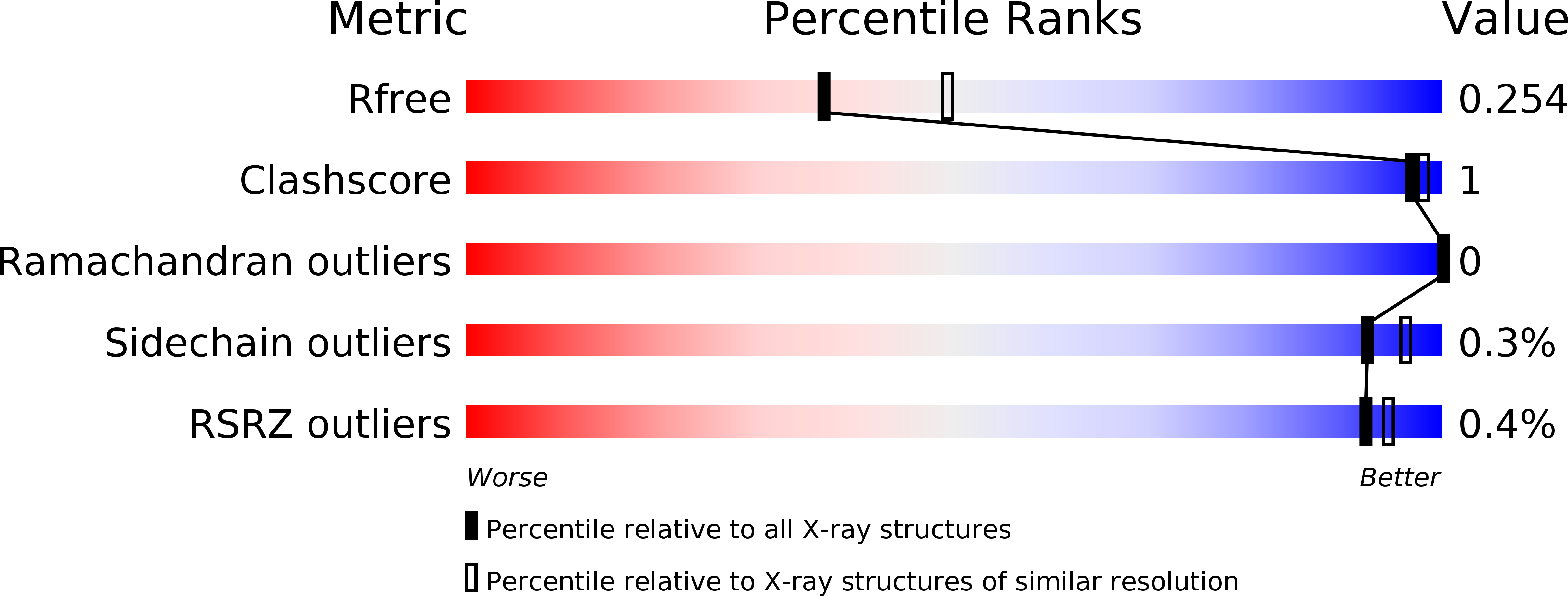
Deposition Date
2016-05-03
Release Date
2016-08-10
Last Version Date
2024-01-10
Entry Detail
Biological Source:
Source Organism:
Bacteroides ovatus (Taxon ID: 28116)
Host Organism:
Method Details:
Experimental Method:
Resolution:
2.28 Å
R-Value Free:
0.25
R-Value Work:
0.19
R-Value Observed:
0.19
Space Group:
C 1 2 1


